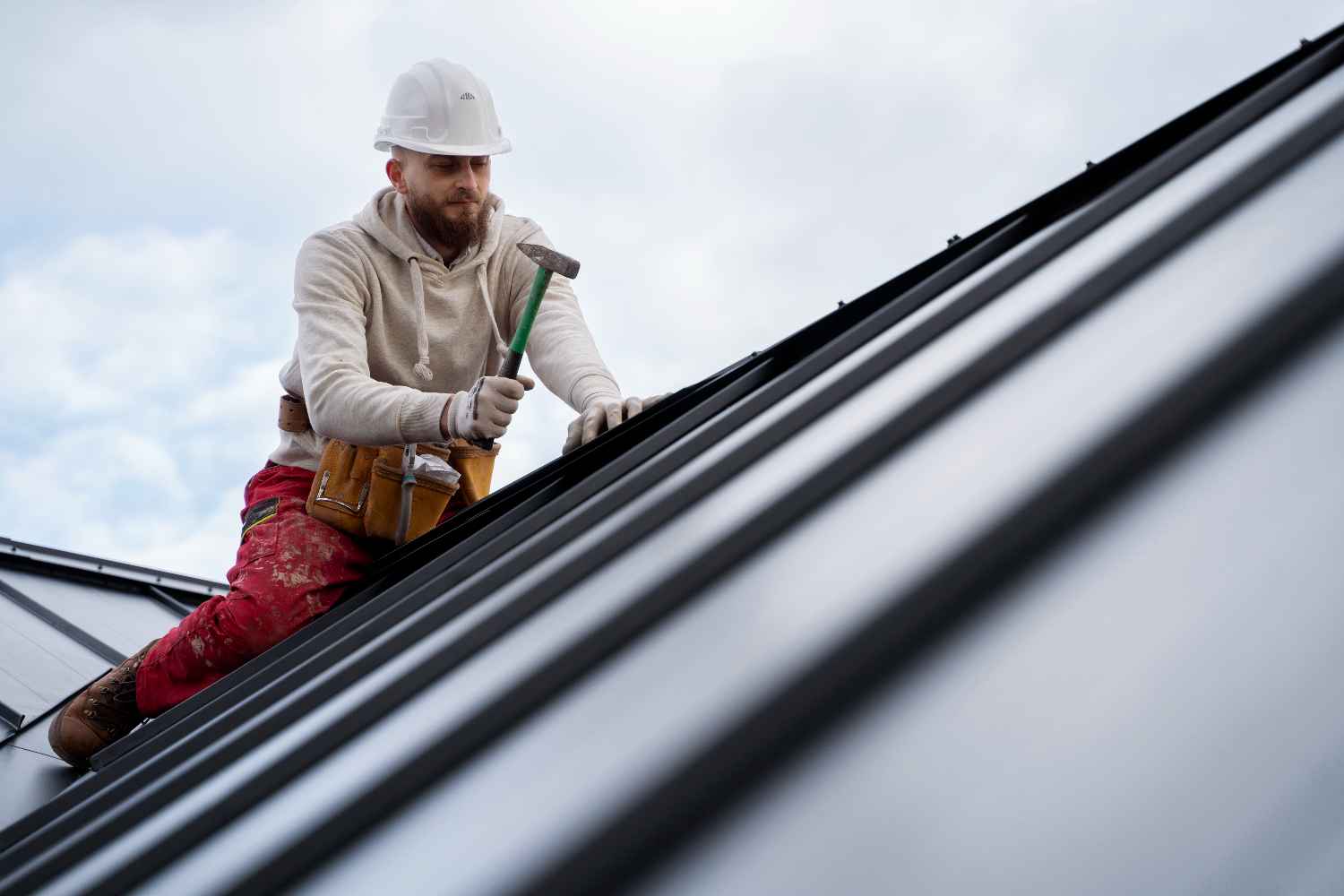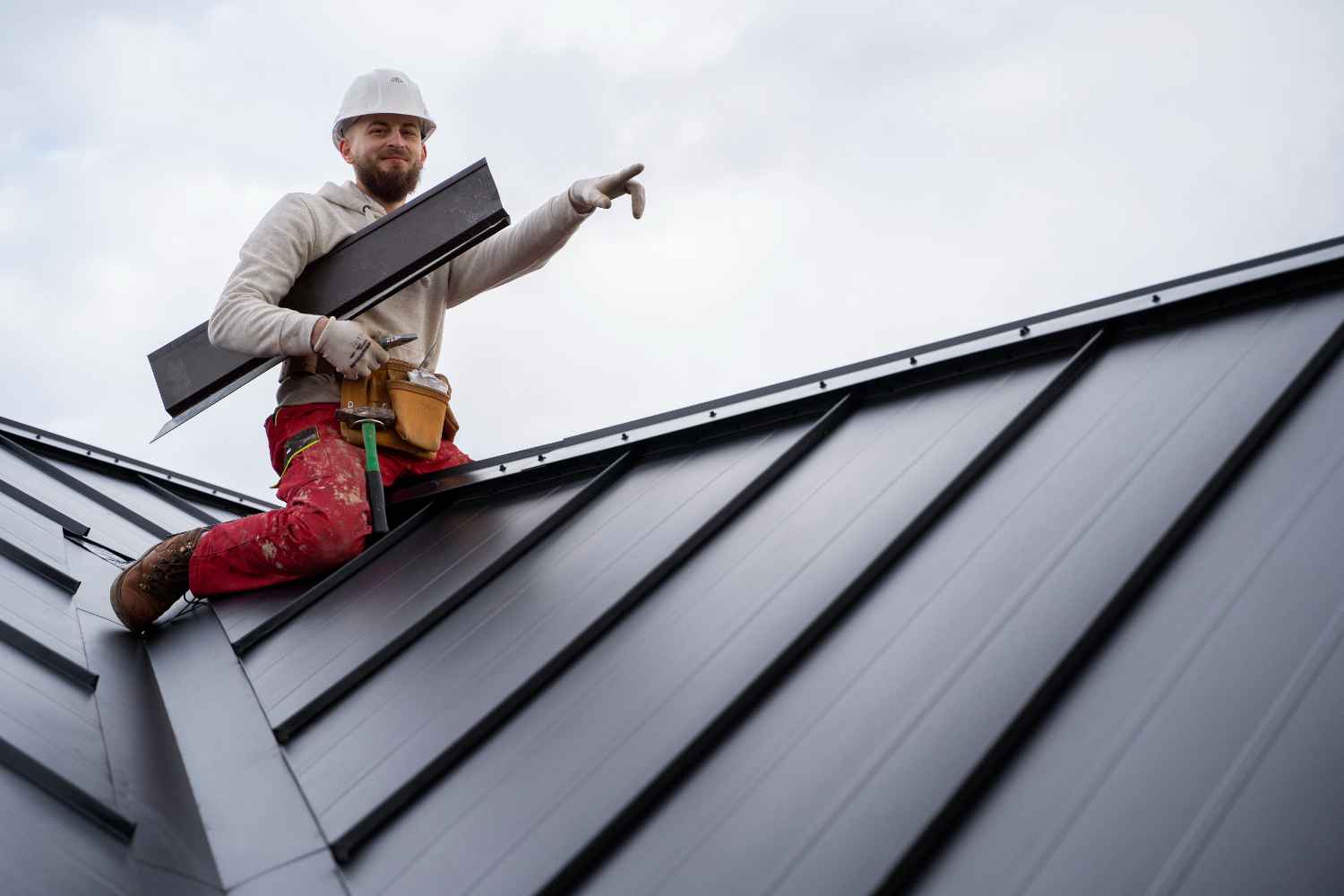Roofing is a vital component of any building, offering protection and insulation and contributing to its overall aesthetic. One of the most popular roofing styles in the UK is the pitched roof. Known for its sloped design and versatility, a pitched roof is an integral part of both traditional and modern architecture. In this blog, we will discuss what pitched roofs are, their features and advantages, and how they compare to other roofing styles.
A pitched roof is a roof design featuring sloped or angled sides that meet at a peak. The slopes are engineered to promote efficient water drainage, making it ideal for regions with heavy rainfall or snowfall.
Typically, pitched roofs are constructed with two sloping sides that meet at a ridge, although variations such as mono-pitched and multi-pitched designs are also common.
Key Features of Pitched Roofs
Angled Design
The primary feature of a pitched roof is its sloped structure, which enhances its ability to channel rainwater and snow away from the building.
Versatility in Materials
Pitched roofs can be constructed using various materials, including slate, clay tiles, metal sheets, and even thatch, allowing homeowners to customize their roofing to suit their preferences.
Longevity
Thanks to their sturdy design and the use of durable materials, pitched roofs often have a longer lifespan compared to flat roofs.
Additional Space
The steep angles of pitched roofs often create attic or loft spaces, which can be utilized for storage or transformed into functional living areas.

Types of Pitched Roofs
Pitched roofs come in a variety of designs to meet specific aesthetic and functional needs:
Gable Roof
This classic design features two sloping sides that create a triangular shape, providing excellent drainage and a timeless aesthetic.
Hip Roof
Hip roofs, with slopes on all four sides, offer enhanced stability and resistance to high winds, making them perfect for regions susceptible to storms.
Mansard Roof
This French-inspired design combines a steep lower slope with a flatter upper slope, maximising interior space.
Mono-Pitched Roof
A single-sloped surface, commonly used for extensions or modern minimalist designs.
Gambrel Roof
This design, commonly seen in barns, features two slopes on each side, with the lower slope being steeper.

Advantages of Pitched Roofs
Pitched roofs are popular for several reasons:
Superior Water Drainage
The angled design allows rainwater and snow to slide off quickly, minimizing the risk of leaks or water damage.
Energy Efficiency
Pitched roofs can accommodate insulation more effectively, improving the energy efficiency of a building and reducing heating costs.
Durability
Pitched roofs are built to endure harsh weather conditions, such as strong winds and heavy rain, ensuring greater durability and a longer lifespan.
Aesthetic Appeal
The varied designs of pitched roofs add a charming and elegant look to buildings, enhancing their overall curb appeal.
Adaptability
The space beneath a pitched roof can be transformed into an attic or loft, enhancing both the value and functionality of the property.
Low Maintenance
Pitched roofs require less frequent maintenance than flat roofs, thanks to their efficient water drainage system.
Pitched Roofs vs Flat Roofs
When choosing between a pitched roof and a flat roof, it’s essential to consider their differences:

| Feature | Pitched Roof | Flat Roof |
| Design | Angled for drainage | Horizontal with a slight slope |
| Durability | Longer lifespan | Shorter lifespan |
| Cost | Higher initial investment | Lower upfront cost |
| Maintenance | Requires minimal upkeep | Needs frequent inspections |
| Aesthetics | Traditional and elegant | Modern and minimalist |
| Space | Creates usable attic/loft space | No additional space |
Applications of Pitched Roofs
Pitched roofs are versatile and are commonly found on a wide range of buildings, including:
- Residential Properties: Ideal for homes, offering excellent insulation and aesthetic appeal.
- Commercial Buildings: Adds a professional look while ensuring durability.
- Agricultural Structures: Common in barns and farmhouses, providing ample storage space.
Installation and Maintenance
Installation
Installing a pitched roof requires skilled professionals to guarantee structural integrity and accurate alignment. Key steps include:
- Design and Planning: Choosing the roof style and materials.
- Frame Construction: Building a robust framework to support the roof.
- Material Application: Installing tiles, shingles, or other roofing materials.
- Finishing Touches: Adding features like gutters and vents for functionality.
Maintenance
While pitched roofs are low-maintenance, periodic inspections are recommended to:
- Check for broken or missing tiles.
- Clear debris from gutters and downpipes.
- Ensure flashing is secure to prevent leaks.

Why Choose a Pitched Roof?
Pitched roofs are a smart investment for anyone seeking a durable, efficient, and visually appealing roofing option. Whether constructing a new home or upgrading an existing roof, a pitched roof offers a long-lasting solution that improves both functionality and aesthetics.
By understanding the various types and advantages of pitched roofs, property owners can make informed choices that align with their needs and budgets.
Surrey Roofing Specialists can assist with all your pitched roofing needs, from design to installation and maintenance, ensuring top-quality results for properties in the UK.
Conclusion
Pitched roofs have stood the test of time as a reliable and attractive roofing option. They can handle extreme weather, improve energy efficiency, and offer additional space, making them a practical and stylish choice for any property. Whether you opt for a gable, hip, or mansard roof, investing in a pitched roof will enhance the value and functionality of your building for years to come.

